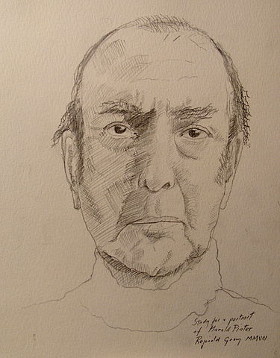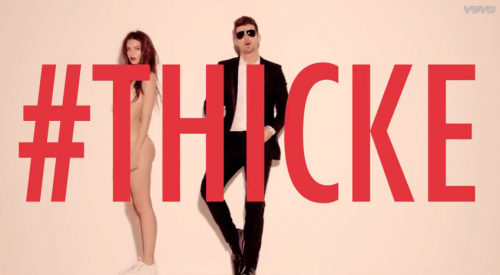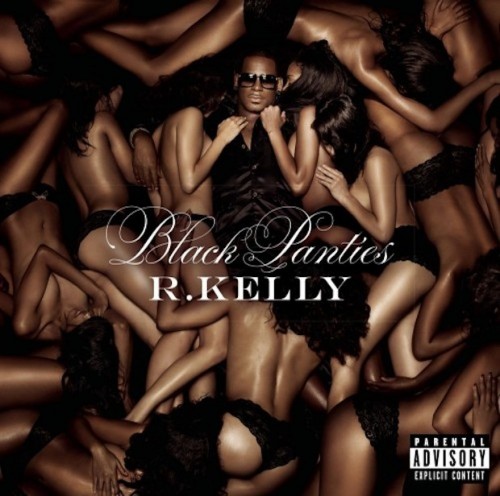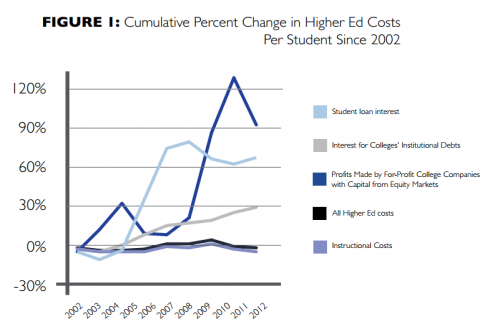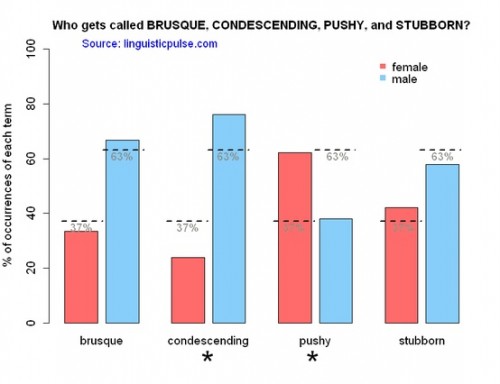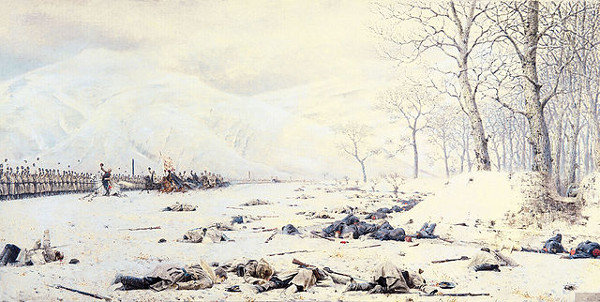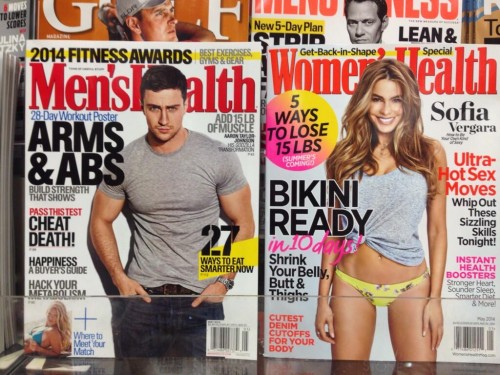In the wake of Elliot Rodger’s misogynistic killing spree, the media’s role in male entitlement and violence against women has brought commentators to virtual blows. One right hook came from Ann Hornaday, who argues in the Washington Post that male entitlement fantasies are part of a climate in which women are displayed as objects for the sexual fulfillment of men. This post is about how full frontal nudity in True Blood, Hung, and Game of Thrones contributes to this climate.
True Blood.
While there are dozens of examples of full frontal female nudity in True Blood’s six-season run, from lead actors to extras, there are only two instances of full frontal male nudity.
A striking example of the exploitation of women as sex objects is in the appearance and figure of Lillith, a vampire goddess who is featured rising from a pool of blood, walking around fully nude for extended scenes. Her minions do the same and are also shown full frontal.
When a male character drinks Lillith’s blood and effectively becomes her, he too rises out of the pool of blood. But unlike the actresses associated with Lilith before, the camera cuts away before reaching his waist.

In another stark example, vampires hold several dozen humans captive. While all the humans are naked, men in one cage and women in another, it is only the women who are displayed fully frontally nude.

When the werewolf packs in True Blood disrobe to turn into wolves, again it is only the females who are demonstrated fully frontal.
Hung.
Hung is a program about a down-on-his-luck teacher who, because of his large penis, became a prostitute. Though the entire show is about Ray Drecker’s member, we only get one brief glimpse of it — and not even the whole — yet his clients and sexual partners are often shown fully frontal.
Even when a show is about the sexual objectification of a man and his sexual organ, it’s still women who are the default sex objects.
Game of Thrones.
Game of Thrones has come under fire for its sexism, misogyny, gratuitous nudity, and violence against women. As usual, women are portrayed fully frontally nude in most Game of Thrones episodes, even when their male sexual partners are not. This is especially striking in the many brothel scenes (unnecessarily) scattered about the seasons; even when there are both male and female prostitutes, only the women are shown full monty.
To date there has been only one full frontal male on Game of Thrones: Theon Greyjoy. Through a horrific series of events, Theon is tortured and castrated. In episode six of season four — “The Laws of Gods and Men” — we are offered once again a gratuitous display of naked women in a bathhouse. In the same episode Theon is also offered a bath and while his full frontal, for once, would have actually been part of the plot, we do not see it.

In episode eight — “The Mountain and the Viper” — we are given another bathing scene in which members of the Unsullied, an army of castrated men, bathe in the vicinity of women in the same convoy. Surprise, surprise, the women are fully frontal and the men are not. Even sans one particular physical marker of male sexuality, these castrated men are deemed unseeable.

Neil Marshall, who directed the Blackwater Bay siege episode in Game of Thrones‘ 2nd season, recently spoke about how he was urged by a producer to include more full frontal female nudity. The producer explained that he was “not on the drama side of things,” meaning that he didn’t care about the story. Instead, he said, he was on the “perv side of the audience.” This is concrete evidence that orders for the systematic sexual objectification of women comes from upper management.
***
Ultimately, nudity is rarely necessary to further a storyline. Women’s nudity isn’t about plot, it’s about treating women as objects and men as human beings. The problem is systemic. Women’s bodies exist in many of HBO’s varied worlds to serve men, circling us back to a culture of male entitlement that, in the case of Rodgers at least, led directly to violence.
Sezin Koehler is an informal ethnographer and novelist living in Florida. You can find her on Twitter and Facebook.
Cross-posted at Pacific Standard.
(View original at http://thesocietypages.org/socimages)

